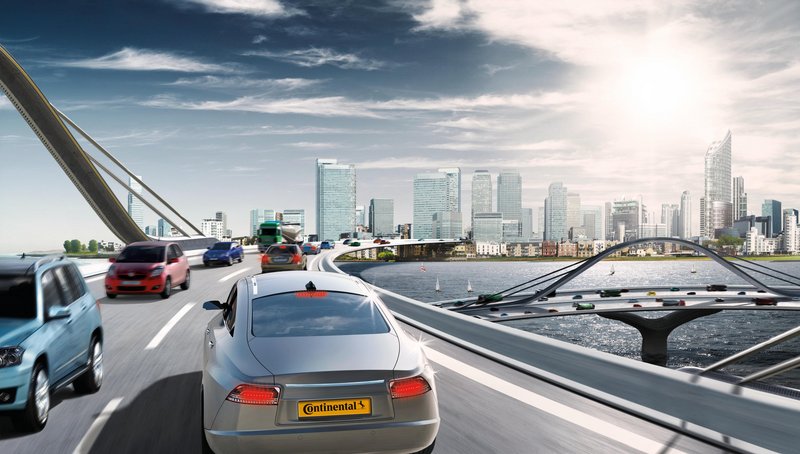Safety Technologies
Innovative systems for increased safety
More than one billion vehicles worldwide are responsible for not only increased traffic volumes, but also a rising number of accidents. To reduce the number of road deaths and amount of material damage as much as possible, Continental is always working on new systems that improve vehicle safety in all vehicle classes. Our aim: zero accidents – “Vision Zero.”
Active and passive vehicle safety
Assisted driving provides the foundation for achieving the vision of "zero accidents." As Continental sees it, automated driving will be successful if people trust the technology. With intelligent vehicle technology, Continental helps vehicle manufacturers to significantly improve safety on the roads. A distinction is made here between active and passive safety systems. While active systems warn drivers of hazards in road traffic and intervene, passive systems offer optimum protection in the event of an accident. For example, electronic advanced driver assistance and brake systems have a preventive effect and, in an emergency, play a supporting role in steering as well as brake and vehicle dynamics so that – in a vehicle with modern tires – potential accident risks are minimized. Together with airbags, seatbelts (restraint systems), and pedestrian protection, the systems increase safety throughout the vehicle.
Safety and automated driving
Advanced driver assistance systems in today's vehicles form the basis for future automated driving functions. For example, today's lane departure warning system with an intelligent connection to other vehicle systems will become a partially automated freeway assistant that also keeps to the desired speed. Advanced driver assistance systems safeguard all higher-level vehicle functions and therefore ensure safe driving with future highly and fully automated driving functions, too.

